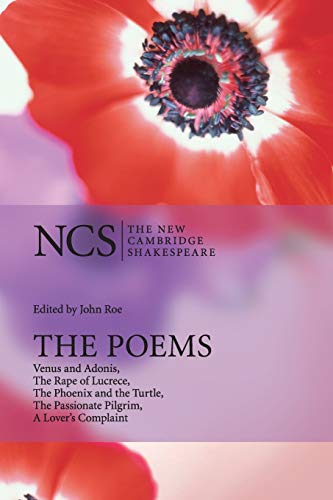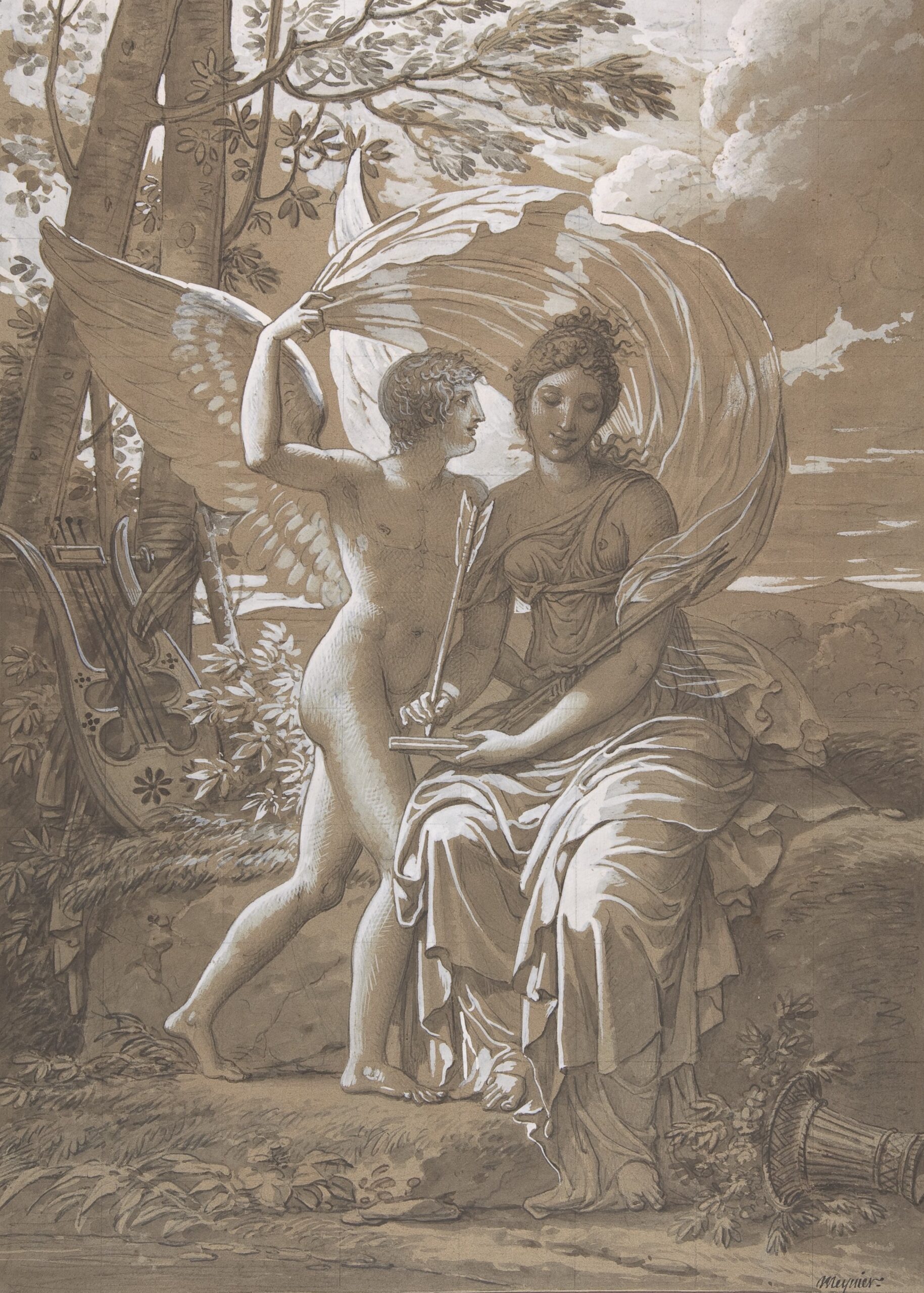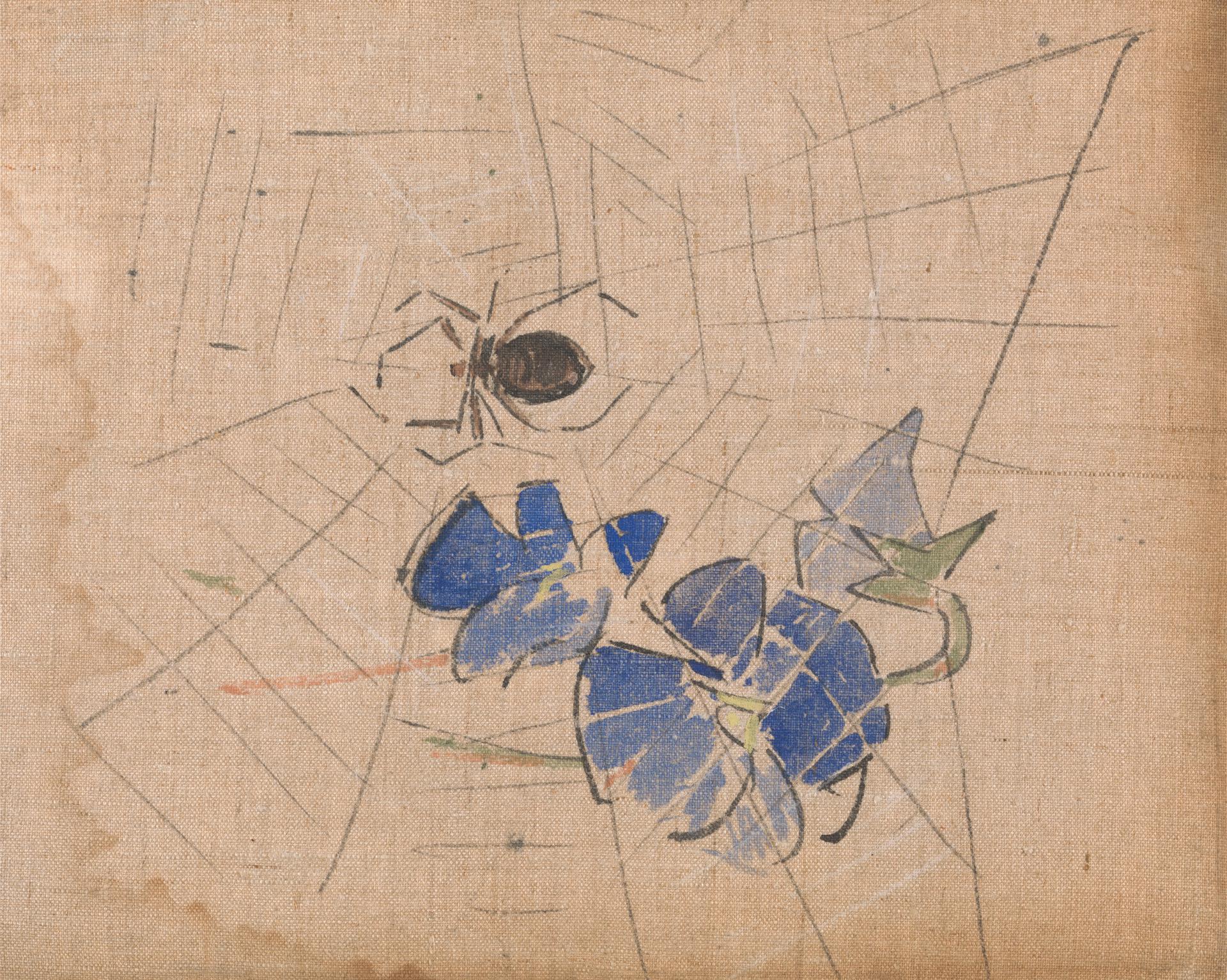In 1592 in London, a pamphlet called Greene’s Groatsworth of Wit, bought with a Million of Repentance was published, supposedly containing the bitter last words of Robert Greene, a member of the group now known as the “university wits,” writers and playwrights who had been educated at Oxford and Cambridge and who had written, individually and collaboratively, many of the best plays of the previous decade. Greene had died in poverty a few months before, and the Groatsworth contains a letter addressed to his fellow wits, Marlowe, Nashe, and Peele, warning against “those puppets” and “apes” (the actors) who not only didn’t pay their writers enough but who even had the audacity to “newly set forth” the wits’ old plays, adding a few new scenes or retouching some passages and then claiming sole authorship, and sole revenue. Greene holds a grudge against one writer in particular:
Trust them not, for there is an upstart crow beautified with our feathers that, with his ‘Tiger’s heart wrapped in a player’s hide’, supposes he is as well able to bombast out a blank verse as the best of you: and being an absolute Johannes Factotum, is in his own conceit the only Shake-scene in a country.
Shakespeare. In 1592, he was 28 and had probably been in London for three or four years, starting out as an actor of bit parts and perhaps then trying his hand at mending a few speeches here and there during rehearsals. Starting around 1590, he began writing his own plays.

 Establishing a composition date for Shakespeare’s early plays is tricky, but by 1592 he had at least written the three plays in the Henry VI cycle (Greene quotes from Part Three above), and possibly also Titus Andronicus. Parts two and three of the cycle, written first, were wholly by Shakespeare, though Part One, first performed in March 1592, could be Shakespeare’s revision of an earlier play by Nashe, and Titus is now thought to be partly by Peele. The notoriety these plays gave Shakespeare is perhaps what earned Greene’s ire.
Establishing a composition date for Shakespeare’s early plays is tricky, but by 1592 he had at least written the three plays in the Henry VI cycle (Greene quotes from Part Three above), and possibly also Titus Andronicus. Parts two and three of the cycle, written first, were wholly by Shakespeare, though Part One, first performed in March 1592, could be Shakespeare’s revision of an earlier play by Nashe, and Titus is now thought to be partly by Peele. The notoriety these plays gave Shakespeare is perhaps what earned Greene’s ire.
 The popular image of Shakespeare’s career is that he collaborated on a few plays as a young man, as a kind of apprenticeship. Proving his ability, he went on to eschew collaboration for most of his career, until just before his retirement he again collaborated on a series of plays with his own apprentice and successor, John Fletcher. Broadly speaking, this is true. But it doesn’t explain why Shakespeare, after the runaway successes of Henry VI parts two and three would collaborate on the prequel, writing only about 20 percent of it, or why in the middle of his career, he would collaborate with Middleton on Macbeth and Timon of Athens, and George Wilkins on Pericles. And then there’s the issue of the four plays from the 1580s and early 1590s — a tragedy about Hamlet, prince of Denmark, Victories of Henry the Fifth, King Leir, and The Taming of a Shrew — none by Shakespeare, but all curiously related to his own later plays.
The popular image of Shakespeare’s career is that he collaborated on a few plays as a young man, as a kind of apprenticeship. Proving his ability, he went on to eschew collaboration for most of his career, until just before his retirement he again collaborated on a series of plays with his own apprentice and successor, John Fletcher. Broadly speaking, this is true. But it doesn’t explain why Shakespeare, after the runaway successes of Henry VI parts two and three would collaborate on the prequel, writing only about 20 percent of it, or why in the middle of his career, he would collaborate with Middleton on Macbeth and Timon of Athens, and George Wilkins on Pericles. And then there’s the issue of the four plays from the 1580s and early 1590s — a tragedy about Hamlet, prince of Denmark, Victories of Henry the Fifth, King Leir, and The Taming of a Shrew — none by Shakespeare, but all curiously related to his own later plays.
Greene called Shakespeare “an upstart crow beautified with our feathers,” an allusion to a passage from Horace warning against poetic plagiarism. Part of Greene’s problem was that Shakespeare was not a university man, and therefore not a gentleman. He was an “ape” who was stealing not only the vocation and the paychecks of gentleman playwrights, but also, according to Greene, plagiarizing them. Shakespeare was stung by Greene’s accusations, somehow getting Henry Chettle, who had prepared the Groatsworth for the press, to print an apology. Greene was bitter and likely unstable, but his accusations and Shakespeare’s reaction do lead to the question: how often did Shakespeare “mend” plays? It was common practice for theater companies to bring back old plays in repertory with a few new ones each year, sometimes updating and revising older plays to fit a current vogue. In his position for most of his career as company dramatist, first for the Chamberlain’s Men and then the King’s Men, wouldn’t Shakespeare have done some of this updating?

 A new anthology collecting those plays that may contain evidence of this kind of work, William Shakespeare & Others: Collaborative Plays, edited by Jonathan Bate and Eric Rasmussen and designed to be a companion to the RSC anthology of Shakespeare’s works, provides just this kind of portrait of Shakespeare the working playwright. It is the first collection of plays on the fringes of the Shakespeare canon — those plays, in other words, that may or may not have been collaborations in which Shakespeare took part — in 100 years, since C.F. Tucker Brooke’s The Shakespeare Apocrypha in 1908.
A new anthology collecting those plays that may contain evidence of this kind of work, William Shakespeare & Others: Collaborative Plays, edited by Jonathan Bate and Eric Rasmussen and designed to be a companion to the RSC anthology of Shakespeare’s works, provides just this kind of portrait of Shakespeare the working playwright. It is the first collection of plays on the fringes of the Shakespeare canon — those plays, in other words, that may or may not have been collaborations in which Shakespeare took part — in 100 years, since C.F. Tucker Brooke’s The Shakespeare Apocrypha in 1908.
It includes some usual suspects. The riot scene in Sir Thomas More is now included in the acknowledged Shakespeare canon and is frequently included in anthologies of Shakespeare’s works. More is one of the few plays from that period to survive in manuscript form, and it is doubly unique for containing the handwriting of playwrights Anthony Munday, Henry Chettle, Thomas Heywood, Thomas Dekker, court censorer Edmund Tilney, and William Shakespeare. The pages containing “Hand D” (Shakespeare’s) are among the most precious pieces of literary history, and are housed in the British Library in London. Other than six signatures, they contain the only samples of Shakespeare’s handwriting to have survived.
The evidence for Shakespeare being Hand D rests on the comparison of the handwriting to the surviving signatures, which share with it unique letter forms (a spurred a, a strange flourish on the k) unlike the handwriting of any other Elizabethan or Jacobean writer, and also on stylistic evidence. Will Sharpe’s exhaustive “Authorship and Attribution” essay at the end of the anthology explains the authorship studies done on each of the plays included in the collection, as well as giving an overview of the history of authorship studies on each. Computer analysis has made authorship studies easier and more accurate, allowing quick searches through the entire corpus of drama from the period. Stylistic evidence relies on matching an anonymous passage to the stylistic fingerprints of one author. Fingerprints could be the use of contractions (i’th or in the), oaths (‘sblood, zounds), prepositions (amongst or among), pronouns (you over ye), verb forms (hath over has), and metrics (adding extra syllables to poetic lines). Added to the evidence of vocabulary, spelling, dating, and which theater company performed the play (if any), it is sometimes possible to identify the author.
In the case of Hand D in More, the internal evidence of handwriting, spelling, and poetic style is a slam dunk. The trouble is that it doesn’t fit the traditional picture of Shakespeare. More is a play that, given everything we know about Shakespeare, he should never have been involved in.
More was originally written circa 1600 by Anthony Munday, possibly collaborating with Henry Chettle. It was part of a mini-vogue of plays about Henry VIII’s councillors and dramatizes Thomas More’s rise to power after helping to quell the Ill May Day riot of 1517 against foreigners living in London and his fall after refusing to sign the Act of Succession. But the reason for his fall is necessarily fuzzy, since it was the Act of Succession that recognized the legitimacy of the then-reigning monarch, Elizabeth I. In addition, the 1590s had seen a series of riots and hostilities against foreigners in London that seemed to echo the riot the play presented. For these reasons, censor Edmund Tilney refused to let the play be performed, writing on the front leaf of the manuscript, “Leave out the insurrection wholly with the cause thereof…at your own perils.”
Presenting politically sensitive material in a play was grounds under Elizabeth for arrest or imprisonment, and quite a few of Shakespeare’s colleagues at one time or another found themselves in hot water for their writing — Marlowe, Kyd, and even Ben Jonson — but never Shakespeare. So why would Shakespeare involve himself in trying to patch up a play already rejected by Tilney for containing dangerous material, and not only be involved, but agree to write one of the stickiest scenes in the play? It certainly challenges popular conceptions of Shakespeare.
Shakespeare & Others claims Shakespeare’s presence in More and Edward III, another common candidate for Shakespeare’s involvement. It is now generally accepted that Shakespeare contributed the countess scenes in Edward III (I.ii-II.ii and IV.iv) and that the rest of the play is by Kyd, Peele, or Nashe. Both plays are now included in anthologies of Shakespeare’s works. Shakespeare & Others also, however, puts forward Arden of Faversham, The Spanish Tragedy, and Double Falsehood (which I have previously written about for The Millions) as “almost certain” to contain passages by Shakespeare.
Arden of Faversham, written around 1590, is the earliest example of a domestic tragedy in English drama, as well as the first example of a detective procedural. Most of the play concerns the attempts by Alice Arden and her lover Mosby to hire someone to kill her husband, including two villains named Black Will and Shakebag (surely there’s a joke there). They finally kill Master Arden themselves, and the end of the play shows Arden’s friend Franklin uncovering the clues to their guilt. Shakespeare & Others suggests Shakespeare’s involvement in scene 8, in which Mosby and Alice quarrel and then reconcile in what is surely the sexiest makeup scene of the 1590s, and which contains stylistic and linguistic similarities to Shakespeare’s Rape of Lucrece, written at about the same time.
 The Spanish Tragedy is Thomas Kyd’s masterpiece of a revenge drama, and influenced Shakespeare’s Titus Andronicus and Hamlet. It is usually anthologized in its late-1580s version, and it is less-known that someone revised it a decade later for the Chamberlain’s Men, adding new scenes that increased the part of Hieronimo, the Marshal of Spain who feigns madness to gain revenge for his son’s murder. Shakespeare & Others attributes the additions to Shakespeare.
The Spanish Tragedy is Thomas Kyd’s masterpiece of a revenge drama, and influenced Shakespeare’s Titus Andronicus and Hamlet. It is usually anthologized in its late-1580s version, and it is less-known that someone revised it a decade later for the Chamberlain’s Men, adding new scenes that increased the part of Hieronimo, the Marshal of Spain who feigns madness to gain revenge for his son’s murder. Shakespeare & Others attributes the additions to Shakespeare.
Double Falsehood is a different animal entirely, being perhaps the 1728 revision by Lewis Theobald of a Restoration-era revision by Thomas Betterton of a circa 1612 play by Shakespeare and Fletcher, Cardenio, based on an episode from Cervantes’s then newly-published Don Quixote. This anthology agrees with recent scholarship, including that of Brean Hammond, who edited it for the Arden Shakespeare series, that the play does represent, as it were, the grandchild of an authentic Shakespearean play.
Also included are Mucedorus, a play the editors describe as “worth considering” as partly-Shakespearean, as well as four plays they have determined are most likely not Shakespearean collaborations at all: A Yorkshire Tragedy, The London Prodigal, Locrine, and Thomas Lord Cromwell. The editors’ criteria for the table of contents of this anthology, therefore, seems to be the best of those plays that have, at some point in the past 400 years, been suggested by some scholar as possibly Shakespeare’s, or in other words, the best of those plays that belong to the group known as the “Shakespeare Apocrypha.”
The title of the anthology is therefore somewhat misleading. It does not present plays by “Shakespeare & Others” but by “Shakespeare, & Others.” However, presented this way, those plays that Shakespeare does appear to have a hand in are freed from the heavy trappings and gravitas the “Works” volumes lend, and can be examined not only for their literary qualities, which in the plays here are sometimes great, but also for the evidence they contain about Shakespeare the working writer. These plays can now more usefully be compared to the other canonical and collaborative plays, like Timon of Athens and Pericles and Macbeth. More attention to Shakespeare’s collaborative career, now known to be larger than was thought, may yield a new portrait: a playwright who was also a shrewd businessman and a company man, who likely spent more time in the day-to-day thinking about the bottom line than the immortality of his verse. And that is a more likely and more useful way to think about the man from Stratford.



















